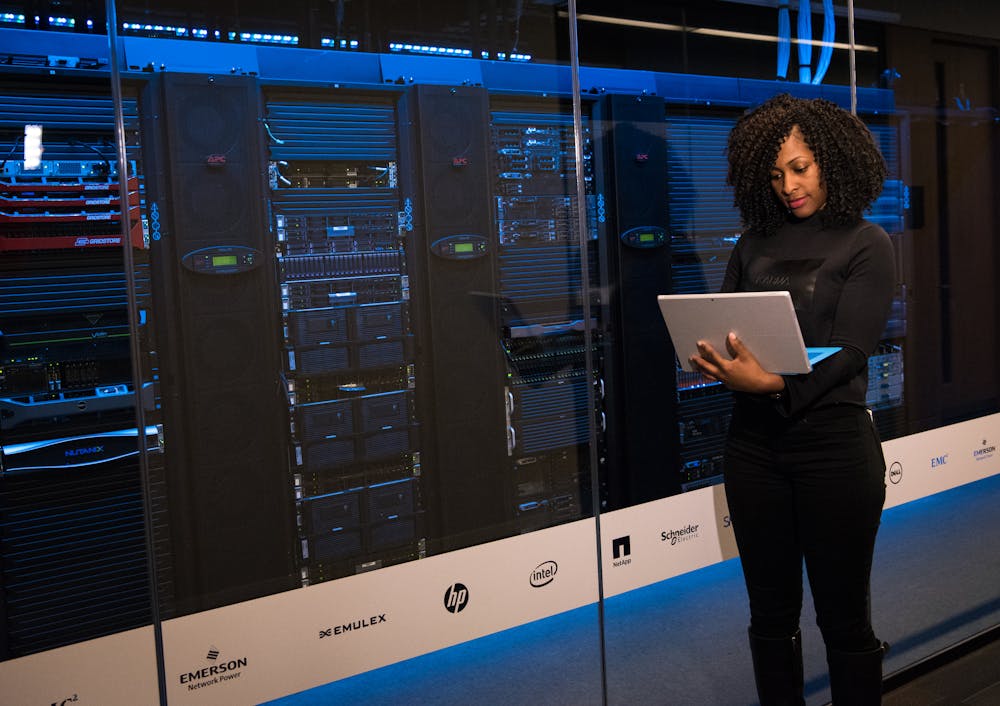Neural network models have been at the heart of several recent advancements in artificial intelligence and machine learning. Designed to mimic how humans process information, these models rely on large amounts of data in order to learn and progress. As data is growing more voluminous and complex, efficiently storing and retrieving it has become an increasing challenge. Enter: vector databases.
Vector databases specialize in the storage and management of high-dimensional vector data—the format in which much of the information processed by neural networks is represented. As per recent industry reports, the market for vector databases is anticipated to experience a compound annual growth rate exceeding 23% between 2024 and 2030. This indicates a rising demand for effective data handling solutions in AI applications.
These databases facilitate similarity searches, enabling rapid and accurate retrieval of pertinent data. By integrating vector databases with neural network models, researchers and developers can overcome many of the bottlenecks associated with data handling. This leads to the creation of more advanced and effective AI systems.
Overview of Vector Databases
First things first, what is a vector database? Vector databases are systems specifically created to manage information represented as vectors—mathematical constructs that encapsulate multiple dimensions of information.
For instance, in natural language processing, words or sentences are often converted into vector embeddings that capture their semantic meanings. Similarly, in computer vision, images are transformed into vectors that encode visual features. Vector databases excel at storing these embeddings and retrieving them based on similarity measures, such as cosine similarity or Euclidean distance.
Typically, conventional databases are fine-tuned for structured or relational data. But vector databases are particularly designed with unstructured or semi-structured data in mind. They offer fast search functions which allow instant responses within applications such as recommendation systems, image detection and interactive AI.
Challenges in Neural Network Development
Developing effective neural network models involves processing vast amounts of high-dimensional data, which presents several challenges. First, storing and organizing these datasets can put pressure on conventional storage systems, causing slow retrieval of data and increased latency. As neural networks grow more complex and require larger datasets for training, these bottlenecks can significantly impact performance.
Another critical challenge is scalability. Neural networks often need to handle millions or even billions of data points. Without an efficient mechanism to store and retrieve embeddings, the training and inference processes can become prohibitively slow. Additionally, performing similarity searches is computationally expensive when working with high-dimensional data. These issues underscore the need for specialized systems like vector databases.
How Vector Databases Support Neural Network Models
Vector databases play a pivotal role in optimizing the data retrieval process for neural network models. By enabling fast and efficient similarity searches, these databases ensure that the most relevant data is readily available during training and inference. This capability is especially critical for applications like NLP, where context and semantic relationships are paramount, and image recognition, where feature matching determines accuracy.
Scalability is another area where vector databases shine. They are designed to handle the exponential growth of datasets typical in AI research. Having attributes such as distributed storage and parallel processing, vector databases can facilitate large-scale neural network implementations without degrading performance. This scalability is essential for industries that rely on real-time analytics and decision-making.
Moreover, vector databases enhance the training process by providing neural networks with rapid access to high-quality, relevant data. By minimizing latency and improving data organization, these systems enable faster model iteration and optimization. The result is a more streamlined development pipeline that accelerates innovation in AI.
Use Cases and Applications
Vector databases have found applications across a wide range of industries, demonstrating their versatility and impact. In NLP, these databases facilitate semantic searches, allowing systems to understand and retrieve information based on meaning rather than exact matches. This capability is essential for chatbots, translation services, and content recommendation engines.
In computer vision, vector databases store image embeddings, enabling applications such as facial recognition, object detection, and scene understanding. For example, an eCommerce platform can use vector search to recommend visually similar products to customers, enhancing user experience and driving sales. Similarly, AI-driven advertising platforms utilize vector databases to optimize audience targeting and ad placements, ensuring businesses get the most out of their paid campaigns. Partnering with a Google Ads expert can help businesses harness these AI-powered insights to refine their PPC strategies, maximize ad performance, and improve overall marketing efficiency. Healthcare and biotech industries also leverage vector databases for tasks like genomic analysis and drug discovery, where rapid similarity searches can uncover critical insights.
Benefits of Integrating Vector Databases With Neural Networks
Integrating vector databases with neural networks offers substantial performance gains by reducing data retrieval times and enhancing processing efficiency. Neural networks can operate more effectively when paired with systems that provide fast and accurate access to relevant data, resulting in improved overall model performance. This synergy enables businesses to deploy AI solutions that are both robust and cost-effective.
Additionally, vector databases help to save money by optimizing the use of computational resources. They allow organizations to handle large-scale datasets without the need for extensive infrastructure investments. By making data handling processes more efficient, these databases also improve neural network models’ precision because they make sure that only the most important and top-notch quality data is utilized for training and inference.
Challenges and Considerations
Despite their advantages, implementing vector databases is not without challenges. Integrating them with existing neural network pipelines requires expertise in both database management and AI development. So organizations must carefully plan their implementation strategies to ensure smooth integration without disrupting workflows
Data security is another crucial consideration, particularly for applications dealing with sensitive information like healthcare or finance. Ensuring vector data is encrypted and access is strictly managed is necessary to minimize potential risks. Furthermore, while vector databases are designed to scale, organizations must carefully evaluate the cost-performance trade-offs, as managing extremely large datasets can still pose challenges.
Conclusion
Vector databases are transforming the landscape of neural network development by addressing critical challenges in data storage and retrieval. Their capacity to handle high-dimensional data efficiently has made them indispensable for advancing AI applications across various industries. By enhancing scalability, performance, and precision, vector databases help researchers and developers to explore what more can be done with neural networks.


